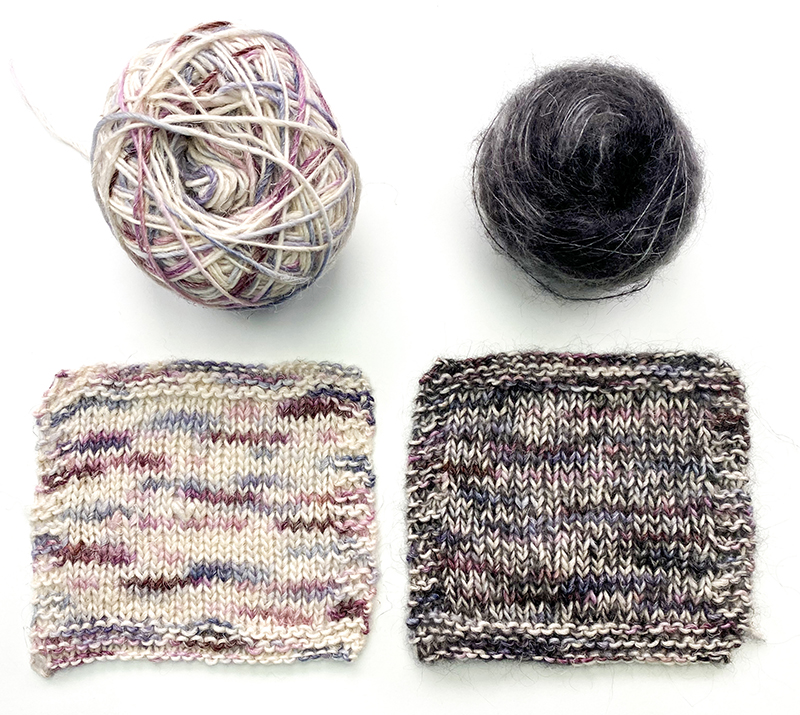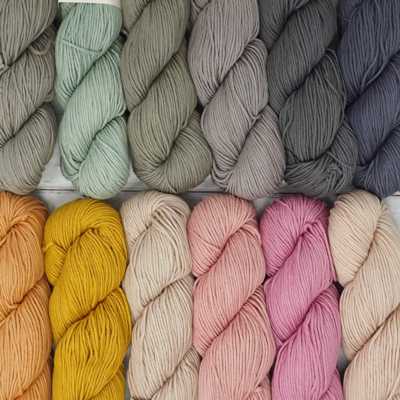Double covered yarn represents one of the textile industry’s most innovative developments, combining strength, elasticity, and aesthetic appeal in a single thread. This specialized yarn construction technique involves wrapping two distinct yarns around a core filament, creating a unique textile component that has revolutionized fabric production and performance wear manufacturing.
Keywords: *double covered yarn, double-covered yarn 中文*
Double covered yarn

The intricate world of double covered yarn technology stands as a testament to modern textile engineering’s capabilities. This innovative yarn construction method involves a sophisticated process where a core yarn, typically elastomeric, is wrapped with two different yarns in opposing directions. The resulting product offers superior performance characteristics that have transformed various sectors of the textile industry, from athletic wear to high-fashion garments.
Core Formation and Initial Covering Process
The foundation of double covered yarn begins with the selection of an appropriate core material. Elastomeric filaments, such as spandex or polyurethane, serve as the primary component, providing the essential stretch and recovery properties. The initial covering process involves carefully controlling tension as the first yarn wraps around the core, creating a precise spiral pattern that ensures uniform coverage and consistent performance.
The mechanical precision required during this phase cannot be overstated. Temperature control and humidity levels must be maintained within strict parameters to prevent fiber damage and ensure optimal wrapping conditions. Modern covering machines employ sophisticated sensors and control systems to maintain these precise conditions throughout the production process.
The relationship between core tension and covering yarn speed plays a crucial role in determining the final product’s characteristics. Higher covering speeds can result in tighter wrapping patterns, while lower speeds may produce looser configurations, each serving different end-use applications.
Secondary Covering Techniques
The secondary covering phase represents perhaps the most critical stage in double covered yarn production. This process involves applying a second yarn layer in the opposite direction of the first covering, creating a balanced structure that prevents torque and enhances stability. The selection of the secondary covering material significantly influences the final yarn’s properties and appearance.
During this phase, operators must carefully monitor the interaction between the first and second covering layers. The angle of wrap and tension must be precisely calibrated to achieve optimal coverage without compromising the core’s stretch properties. This delicate balance requires extensive experience and technical knowledge.
The synchronization between different machine components becomes particularly crucial during this stage, as any misalignment can result in irregular covering patterns or structural weaknesses in the final product.
Applications and Performance Characteristics
The versatility of double covered yarn has led to its adoption across numerous textile applications. In performance sportswear, these yarns provide the perfect combination of stretch, recovery, and moisture management properties. The dual covering structure allows for better heat dissipation and improved comfort during physical activity.
Fashion designers have embraced double covered yarn for its unique aesthetic properties and functional benefits. The ability to combine different fiber types in the covering layers opens up countless possibilities for creating fabrics with distinctive appearances and performance characteristics.
The durability of these yarns in demanding applications has made them particularly valuable in medical textiles and compression garments, where consistent pressure and long-term performance are essential requirements.
Double-covered yarn 中文

The integration of traditional Chinese textile wisdom with modern double-covered yarn technology has created a unique synthesis of manufacturing approaches. This fusion has led to innovative applications and production methods that combine ancient textile knowledge with contemporary technical requirements, particularly in regions where traditional silk processing meets modern synthetic fiber technology.
Traditional Influences on Modern Production
The ancient Chinese textile industry’s influence on modern double-covered yarn production cannot be overlooked. Traditional spinning and covering techniques, developed over thousands of years, have contributed valuable insights to contemporary manufacturing processes.
Chinese textile artisans historically emphasized the importance of fiber preparation and tension control, principles that remain fundamental to modern double covering processes. These traditional approaches have been adapted and refined through technological advancement, creating more efficient and precise production methods.
The integration of traditional knowledge with modern machinery has resulted in unique modifications to standard covering techniques, particularly in specialized applications where traditional expertise offers advantages in handling delicate fibers.
Market Impact and Global Integration
The Chinese textile market’s influence on global double covered yarn production has been transformative. Manufacturing facilities throughout China have developed specialized techniques that combine efficiency with quality, often incorporating unique regional approaches to yarn covering processes.
The scale of Chinese textile production has driven significant innovations in double covering technology, leading to more cost-effective production methods without compromising quality standards. This has made advanced textile products more accessible to global markets.
Chinese manufacturers have also pioneered new applications for double-covered yarns, particularly in emerging textile sectors such as smart fabrics and technical textiles, where traditional knowledge combines with cutting-edge technology.
Technical Innovations and Adaptations
Chinese textile engineering has contributed significantly to the evolution of double-covered yarn technology. Local innovations in covering machine design and process control have enhanced production efficiency and product quality.
These technical adaptations often reflect a unique approach to solving common manufacturing challenges, incorporating both traditional wisdom and modern engineering principles. The result has been the development of specialized equipment and techniques that address specific market needs.
The continuous refinement of these processes has led to new standards in yarn quality and consistency, particularly in applications requiring precise control of covering parameters and fiber properties.
Conclusion

The evolution of double covered yarn technology represents a remarkable convergence of traditional textile wisdom and modern engineering. From its fundamental principles to advanced applications, this specialized yarn construction method continues to push the boundaries of textile performance and possibility. The integration of Chinese manufacturing expertise has further enriched this field, creating new opportunities for innovation and development in the global textile industry.
Support by us



